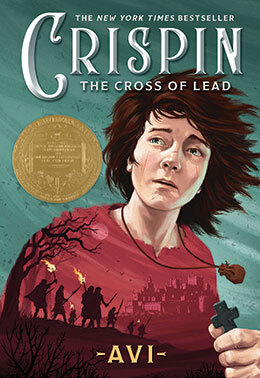Avi's Blog, page 15
January 24, 2023
“A Leaf that Doesn’t Know It Is Part of a Tree”
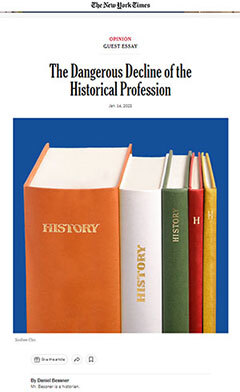 A recent article in the New York Times, “The Dangerous Decline of the Historical Profession,” by Daniel Bessner, referencing the annual meeting of the American Historical Association, reports on the massive falling off of the study of history, the teaching of history, and, inevitably, the decline in the learning of history.
A recent article in the New York Times, “The Dangerous Decline of the Historical Profession,” by Daniel Bessner, referencing the annual meeting of the American Historical Association, reports on the massive falling off of the study of history, the teaching of history, and, inevitably, the decline in the learning of history.
If you are following the national news to any extent, you are aware of the politicization of teaching history in schools.
It made me recall what George Orwell said: “the most effective way to destroy [a] people is to deny and obliterate their own understanding of their history.”

When I was ten years old—or thereabouts—there came into my home The American Past: a History of the United States from Concord to Hiroshima, 1775–1945. Written by Roger Butterfield, and published in 1947, it was an illustrated history of the nation, the illustrations—a massive collection of images, prints, etchings, paintings, photographs, and even (to my delight) political cartoons—all contemporaneous from the time being covered.
The book fascinated me so I went through it countless times. It was so important to me that I still have that same volume—seventy-six years old!—on my shelves.
It was through that book that I became interested in history. Because of the vividness of the illustrations, and the unfolding stories that were there, page after page, my imagination was caught. Indeed, I came to see history as story. No surprise, it was not too long before I began to read historical fiction, with Stevenson’s Treasure Island providing an indelible influence that stays with me today. At some point, I began to read a lot of adult historical fiction, in particular the work of Kenneth Roberts. There were plenty of others. I still read it.
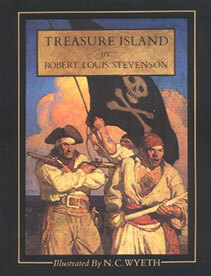
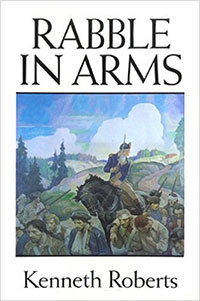
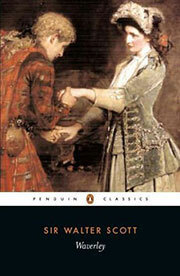
So, it is no accident that I write historical fiction. The genre came into the world of English Literature with the publication of Sir Walter Scott’s novel Waverly in 1814. The genre quickly became (and still is) widely popular. When I went to college, wanting to be a playwright, I had a double major, Theatre and History. Surprise! My first published work was a play about Nathan Hale, that early American patriot, and martyr.
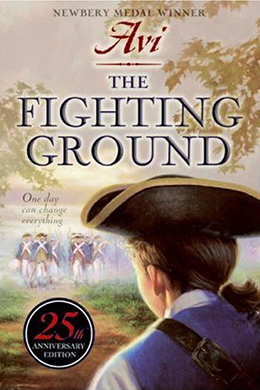
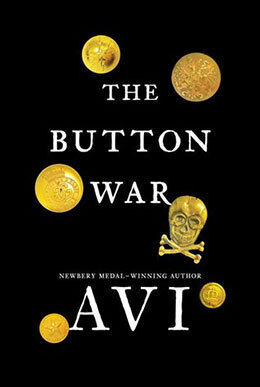
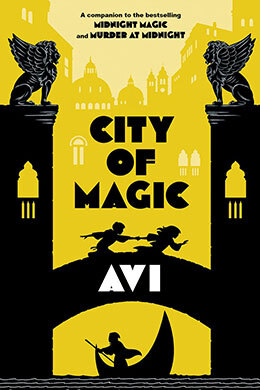
Whereas Waverly was about a major event in British history, my own offerings take a different tack. Books like The Fighting Ground, The Button War, City of Magic, The Player King, and Gold Rush Girl, among many others, deal with small (if real) events from the past. The incidents that fascinate me are the ones that show up in footnotes, not in massive monuments. How else can one discover, as I recently did, that there is a town in Colorado named “Tin Cup.” It still exists.
I don’t think of myself as (nor do I wish to be) a teacher of history, so much as I offer my books as stories that give life to the past, filling history with a living reality and humanity—not prettified but attempting to connect young readers with the real world from which they emerged.
As Michael Crichton has written: “If you don’t know history, then you don’t know anything. You are a leaf that doesn’t know it is part of a tree.”
Another way of saying this is that, by definition, unless a person has a past, they cannot have a future.
Historical fiction is one way of providing that past.
January 17, 2023
Listen to Those Feet
Starting this week, I will be reading a new book to a class of 6th graders. I’ll be reading it even though it is not truly finished. Indeed, even as I read it, it sits on my editor’s desk, waiting for her first response. I’m doing this because this kind of reading is a vital part of my writing process. That’s why, as I read, I will have a pen in my hand.
Many, many years ago I worked as an apprentice in a summer stock theatre company. The theatre was a converted barn, which meant it was built entirely of wood, so it was rather like a sound studio.
For one production I was in charge of props and stationed under the floor of the auditorium. Being in such a place I discovered something fascinating. When the production was going well, when it had achieved a certain emotive rhythm, the feet of the audience above me were still. When the performance misfired or lacked energy, the feet moved a lot. Ever since I’ve learned that it’s not the applause at the end of a performance that’s vital to note. You have to listen to those feet.
Speaking for myself I have always wanted my books to not just read well, but to sound well. I love the notion that they will be read aloud. In this, I consider myself a follower of Jim Trelease, and his thoughts and teachings about reading aloud. (His Read Aloud Handbooks are still great guides to the practice and choices of books for reading aloud.)
The school where I read, the Denver Academy, offers as its mission: “Our passion for learning allows students who may not thrive in a traditional setting, including those with dyslexia and ADD/ADHD, to achieve their dreams.”

From my perspective, this means I am reading to students who often have trouble reading, which actually makes them excellent listeners. At the same time, this is a school whose librarian, Jolene Gutiérrez (an up-and-coming writer in her own right), has as her mantra a quote from Ray Bradbury: “There’s no use going to school unless your final destination is the library.”
The first book I read in the school was Crispin: The Cross of Lead, my Newbery winner, so I have been doing so for a good number of years, the pandemic period excepted.
Reading my new book aloud allows me to note things in the text that I can rewrite, cut, and adjust. And—my theatre background persists–you may be sure I am also listening to the feet. I will sense where attention lags and mark my text accordingly. The student’s polite silence teaches me much.
I make revisions and ship them off to my editor, who will thereby read a better manuscript.
It is not beside the point that the teacher that I’ve worked with for many years, Joe Senne, is not just in the classroom when I read, he is an intent listener. I’m sure his students note that.
Let it be admitted that I am somewhat nervous as I approach my first reading of this new book. It’s a bit like the opening night of a new play.
But it’s not the curtain I can’t wait to open, it’s the first page.
January 10, 2023
Art Prints That Are Novelesque in Content
A good number of years ago, when living on the East Coast, I spent leisure time during many a weekend wandering about flea markets that (for reasons I can’t explain) were ubiquitous at that time. I was looking, in a totally random way, for two things, old children’s books and British 18th-century prints.
The children’s books were relatively easy to find so in time I gathered a library of some three thousand books—from the 18th, 19th, and 20th centuries. Eventually, I gave all the books to the University of Connecticut’s collection of historical children’s books, where I assume they still are.
The 18th-century prints were something else. These prints, wildly popular in their day, fascinated and entertained me. The artists, Hogarth (1697–1764), Gillray (1756–1815), and Rowlandson (1757–1827), among others, created works that are rare and found only by luck. Hogarth, who was the most important painter and engraver of his day, created prints (often in series such as A Harlot’s Progress, and Marriage A‑la-Mode) ) that were novelesque in content.
 “Marriage à‑la-mode : The Marriage Contract,” William Hogarth, circa 1743–1745 (Wikimedia Commons)
“Marriage à‑la-mode : The Marriage Contract,” William Hogarth, circa 1743–1745 (Wikimedia Commons) His engravings are extraordinary for their vivid depictions of 18th-century London life and culture. In their day they were widely popular. Today you can enjoy them for their artistic skill and astonishing detail, which often tell a story of great depth and complexity. They are veritable encyclopedias of 18th-century England.
Hogarth’s prints were issued in many editions, often with minute changes which enrich or enhance the original work. [It takes an expert—which I am not—to date the sequence.]
Over time, I came to own a few of these prints by way of pure serendipity since I would never have been able to afford them from art dealers.
Over my writing desk, I have one such Hogarth print, which goes by the title “The Distrest Poet.” My copy is an early but revised work from (perhaps) about 1741.
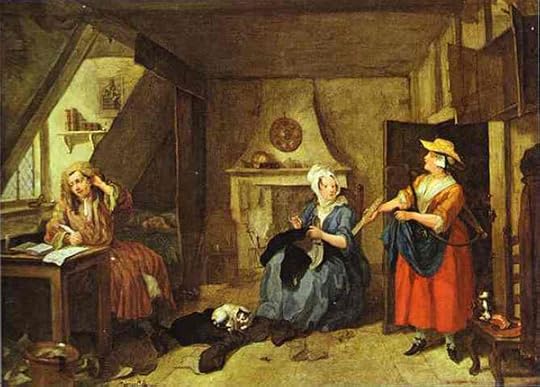
It shows a writer at his desk in a messy one-room attic garret. He is depicted as desperately trying and failing to write something sellable, as a bucket (at his feet) of thrown-away pages can attest. The poet’s wife is sitting behind him repairing clothing. A crying (?) infant is in a bed. At the open door, a landlady is presenting an unpaid bill. A cupboard is open and is bare of food, even as a dog is gnawing on an old bone. On the wall, behind the poet, is a visual reference to Peruvian gold mines, the financial scam of the day. He is wearing a wig and on the floor is a sword both suggesting that the poet is a gentleman but, in all probability, his next residence will be a debtor’s prison.
All of this—and more—is visible, creating an unhappy but satirical portrayal of a writer’s life. Any working writer today will recognize the scene, and no doubt has lived it as well.
As I write—or try to write—I can and do glance up, to tell myself that the poet’s misery is both old and shared by many, many writers.
That said, in 1836, a young Charles Dickens was asked to add some text to just such a series of illustrations by the artist Robert Seymour. When Seymour died Dickens continued writing the text which became The Pickwick Papers, establishing Dickens as a hugely popular author, and creating the vogue for serialized fiction.
Happily (I like to remind myself) not all writers are distressed.
January 3, 2023
The Man in the Willows
Readers of my blog have no doubt noted my abiding affection for The Wind in the Willows by Kenneth Graham. I have no idea when I first read it—10 years old, 12?—but I’ve always loved it. Still do. So, it was a received pleasure when my sister sent me The Man in the Willows: the Life of Kenneth Grahame, by Matthew Dennison. Reading it proved to be a shock.
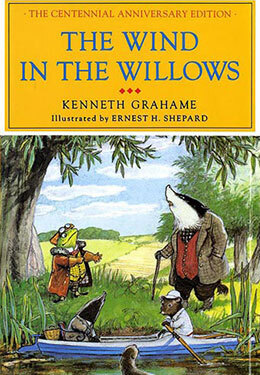
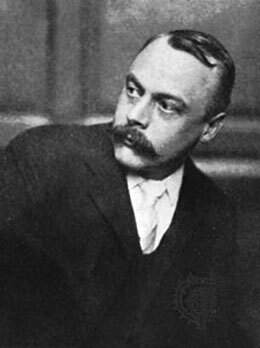 Kenneth Grahame
Kenneth Grahame 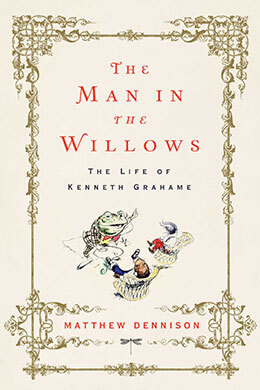
Grahame’s childhood was miserable, with his mother dying when he was young, and his alcoholic father abandoning him and his siblings, so unsympathetic relations raised him. Not allowed to go to university, he was put to work as a clerk in London’s Bank of England at the age of sixteen and remained there, rising to top administrative posts after many years.
Though part of London’s literary community, he was never fully committed to writing, being more of an essayist than anything else. The Wind in the Willows was his only novel. Receiving, at first, negative reviews, the book was only gradually perceived and acknowledged as a classic children’s book.
Grahame grew up to be social but shy and took refuge in a kind of infantile pantheism, a lover of nature, and toys, if not people. Indeed, Wind in the Willows can be read as a deeply conservative rejection of the modern world. (I hope you don’t read it that way.)
Curiously unemotional, a‑sexual, Grahame had a mutually unhappy marriage, and both parents neglected their only child—who had a miserable and perhaps abusive life—so much so that he committed suicide before achieving manhood.
And yet … and yet. There is that wonderful book. Can one separate the book from the person who wrote it?
I want to. But it troubles me.
Even as I was reading the biography my wife and I saw the movie, Tar. Though wonderfully acted, it was one of those movies that made us feel compelled to read the reviews to fully understand it. Here again was a troubling story, depicting a (fictional) fine artist, who, to say the least, is a failure as a person. Again, the question is: Can we separate the great art from the flawed artist?
Literature has any number of these troubling contradictions. Consider Edgar Allan Poe. Think of Roald Dahl. Once, a highly successful children’s book author confided to me, “I really don’t like children.”
Do I have a moral to these musings? Perhaps the best art (whatever form) is simple even as it is complex. Perhaps the best artists are full of contradictions. Perhaps contradictions are what art is all about. Maybe contradictions are what life is about.
Maybe …
December 27, 2022
Chronology of Avi’s Books
As we approach a new year perhaps it’s time to answer a reader’s question: “In what years,” she asked, “do your books take place?”
What follows is a chronological listing. Clicking on a book cover will lead you to more information about that book.
700
England
The Book without Words
1381
England/ France
Crispin: The Cross of Lead; Crispin: The End of Time; Crispin at the Edge of the World
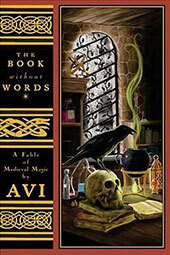
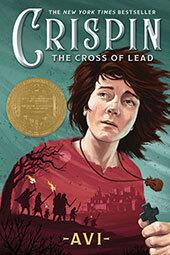
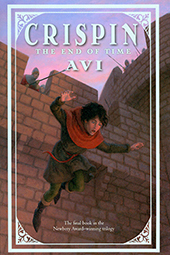
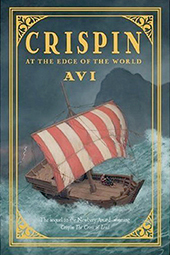
1491
Italy
Murder at Midnight; Midnight Magic; City of Magic
1554
England
The Player King

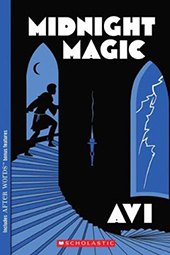
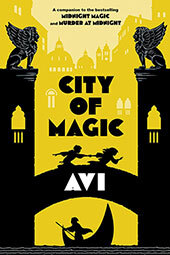
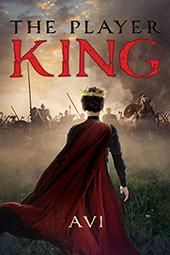
1656
America
Finding Providence
1724
England
The Unexpected Life of Oliver Cromwell Pitts
1725
America
The End of the World and Beyond
1760
America
The Encounter at Easton; Night Journeys
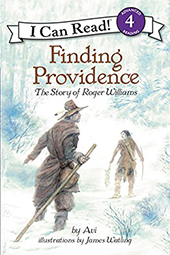
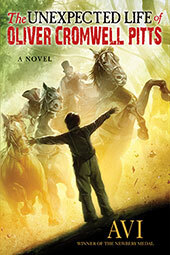
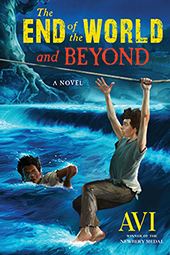
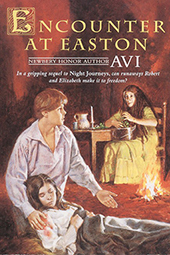
1774/
1776
America
Loyalty
1776
America
Sophia’s War: A Tale of the Revolution
1777
America
The Fighting Ground
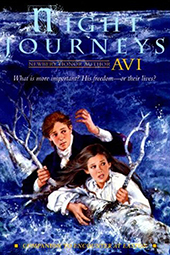
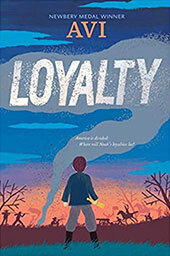
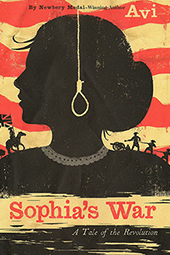
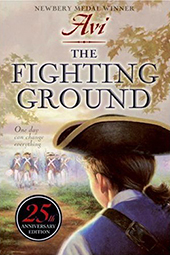
1784
America
Captain Grey
1835
America
True Confessions of Charlotte Doyle
1845
England/ Ireland
Beyond the Western Sea. Book One: The Escape from Home. Book Two: Into the Storm [Lord Kirkle’s Money]
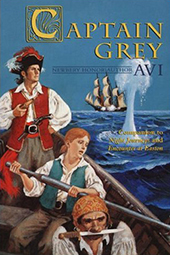
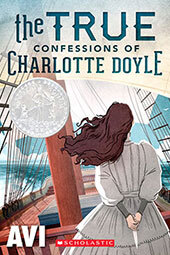
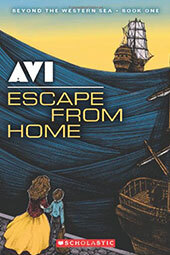
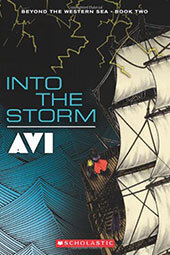
1845
England
The Traitor’s Gate
1848
America
Gold Rush Girl
1850
America
The Man Who Was Poe
1850
America
The Barn
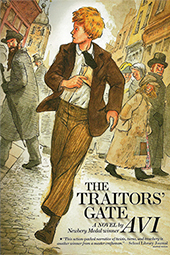
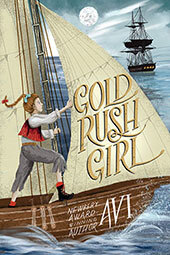
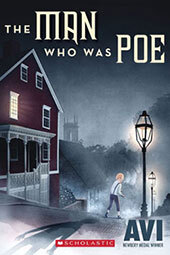
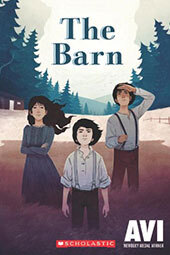
1859
America
Hard Gold
1860
America
Emily Upham’s Revenge
1862
America
Iron Thunder
1870’s
America
The Seer of Shadows; Punch With Judy; Abigail Takes the Wheel; Prairie School; History of Helpless Harry
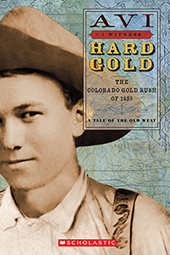
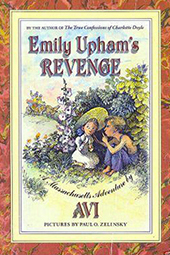
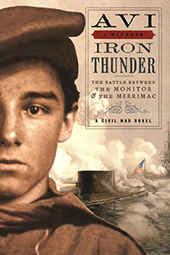
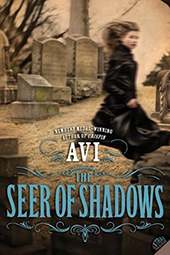
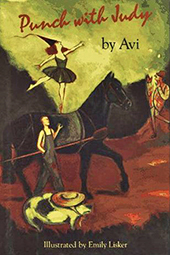
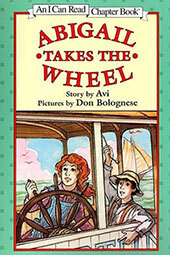

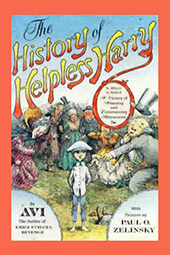
1890
America
City of Orphans
1910
America
Silent Movie
1911
America
Five Million People and Me [to be published]
1917
Europe / WWI
The Button War

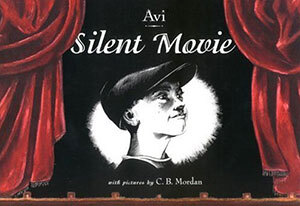

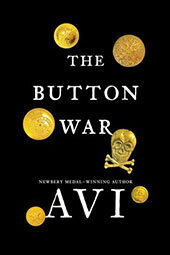
1925
America
The Secret School
1926
America
The Secret Sisters [coming in 2023]
1926
America
Shadrach’s Crossing [Smuggler’s Island]
1944
America
“Don’t You Know There’s a War On?”
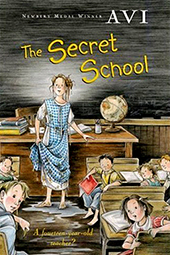

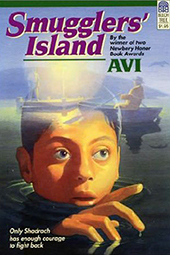
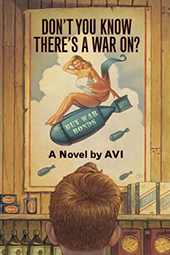
1945
America
“Who Was That Masked Man, Anyway?”
1951
America
Catch You Later, Traitor
1960
America
Man from the Sky
1980
America
Nothing But the Truth
1980
America
Something Upstairs
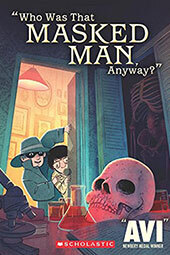
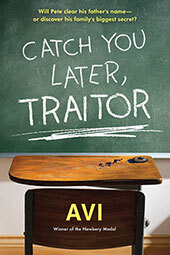
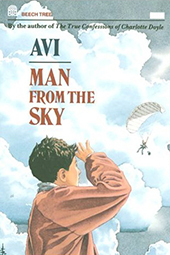
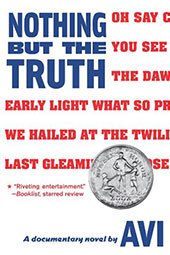
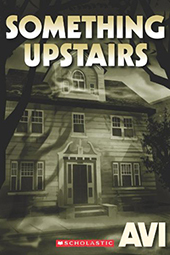
Here’s wishing you all a good new year—whichever year it might be.
December 20, 2022
Christmas Books
Christmas can mean many things to many people. For my part, I greatly enjoy Christmas, in particular the Christmas books I love. I have written many times here about A Christmas Carol, by Charles Dickens, which I read (as I am now rereading) every Christmas. It remains an important book in my life.
But there are other books I love.
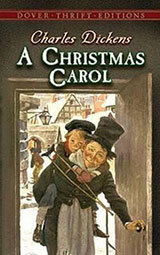
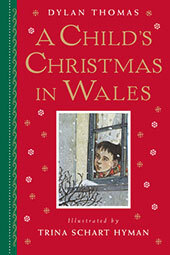
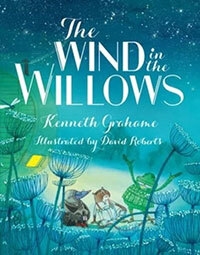
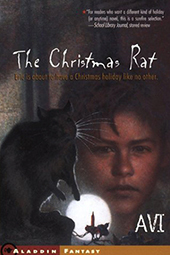
Just how A Child’s Christmas in Wales by Dylan Thomas was written and recorded is an extremely complicated story in itself. If you are interested, Wikipedia has an account which I assume—though I don’t know it for myself—is correct if somewhat baffling and hard to follow. This said, the story itself, as it exists today, is wonderfully easy to follow. I find it utterly charming (a word I don’t use very often), full of humor, pathos, and wonderful language as befits a very great poet. If you have never read or heard it you are in for a treat. It also bears returning to many a time.
And speaking of returning, there is Chapter Five from The Wind In the Willows by Kenneth Graham. The Chapter is titled “Dulce Domum,” Latin for Sweetly at Home. In it, Ratty and Mole are heading for their riverbank home on a cold, wintery Christmas eve (or close to it) when Mole rediscovers (by animal instinct!) his old deep home, which brings on many a remembrance. Ratty urges them to go to it and when they do the two creatures experience a meager but touching homecoming that is indeed sweet. The writing is so fine that even though it is sentimental it’s wonderfully real as to the rich emotions it conveys.
Though I hesitate to mention it amidst this legendary list, I once attempted a Christmas book of my own. The Christmas Rat which inspired to be a true Christmas story is creepy and mysterious as intended for (self-proclaimed) cynical middle schoolers. School Library Journal, in a starred review, wrote: “For readers who want a different kind of holiday (or anytime) novel, fast-paced and mystifying, with juicy moral dilemmas underpinning the unique plot, this is a surefire selection.”
Perhaps readers of this blog have other Christmas tales to suggest. Please do share.
For this particular moment, however, I’ll return to A Christmas Carol and end as that story so famously ends: “And so, as Tiny Tim observed, God bless us, Everyone.”
December 13, 2022
One School, One Book
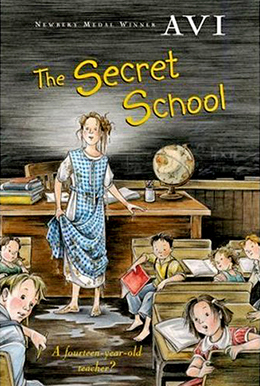 The Secret School
The Secret SchoolI recently received a letter from an elementary principal and media specialist who wanted to let me know that their school did a “one book” reading program that, to my delight, used one of my books, The Secret School. All 235 families and staff members were given a copy of the book. “We read the book together following a reading calendar, did trivia, and activities, and ended with a popcorn party … Every school day during the reading period, we had a trivia question based on the book and a historical fact about our school.”
[For readers who don’t know the book, the setting is 1925, in rural Colorado. It tells the story of a one-room schoolhouse that loses its only teacher. Not wanting to close the school, the eight students, led by eighth-graders Ida and Tom, decide to secretly keep the school open so they can finish the term. They do so contrary to the desires of the head of the school board and choose Ida—fourteen years old—to be their teacher.]
One of the wonderful thing about books—such as this one—is that they can be a fresh experience for new readers even though it was written more than twenty years ago. Indeed, it is curiously ironic that historical fiction can often live on when current up-to-date fiction can sometimes fade because it is too current.
Furthermore, that a public school should choose a book that highlights the mild rebellion of young people wanting to continue their education—no matter what it takes—gives me great pleasure on many levels. Not only was I able to thank the school but I’ve been able to show my appreciation by offering a virtual visit (no fees involved) to talk about the book, answer student questions, and share the news (and a first chapter) of the sequel to the book, The Secret Sisters which will be published in 2023. No writer could ask for more.
[And if any other school wishes to do such an all-school read of any one of my books, I’ll be happy to join in on the fun in the same fashion.] Let me know.
December 6, 2022
Once a Librarian Always a Librarian(Even When He’s a Writer)
The word “research,” enters the English vocabulary in the late 16th Century. Hardly a surprise since that was when what is known as the “Scientific Revolution,” was emerging in the western world. But even today research remains something of a mystery to many. My readers often ask me how I go about it, suggesting that it is complex and difficult.
Actually, it’s quite easy. It just takes time. And, yes, a little luck. Consider the adage: “The well-educated person is someone who knows how little he/she knows.”
That’s a good place to start.
For many years when I was a librarian, I worked at what is now known as the College of New Jersey. One of my tasks was to teach freshmen how to use the library, this is to say, how to do basic research.
 The College of New Jersey Library, now the R. Barbara Gitenstein Library, Ewing, NJ
The College of New Jersey Library, now the R. Barbara Gitenstein Library, Ewing, NJ When people start research, my Reference Desk experience is that even though people are looking for something specific— “Who was the general in charge of American forces at the Battle of Bunker Hill?” —they usually ask for the most general resource: “Do you have any books on American History?”
Instead, if you are searching for specific information, consider a methodology that looks like an inverted pyramid, the pointy end is the most general and briefest information. That’s where to begin. You do not want too many facts. You want to start with something short and basic that gives you the most basic survey. That will provide context. Then slowly ADD to that basic stuff, so that new ideas add meaning—and no small point—you can remember it.
No surprise, when I undertake a new historical novel project, I create my own library. Living as I do in the remote Rocky Mountains the internet is my friend. There are any number of internet-used book resources such as Biblio, Abebooks (owned by Amazon), and Bookfinder, a site that guides you to (internet) sources of used books and (no small point) the lowest price.
But you don’t have to buy books. There is your local library. When trying to learn something Libraries are your best friend. As I once heard someone say: “Libraries are where history remembers itself.”
And, more than likely, that local library is connected to an inter-library loan service that gives you access (free!) to millions of titles. It will give you access to everything.
Trust me. No matter how obscure a topic, someone has written about it.

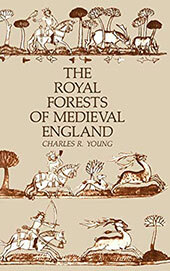

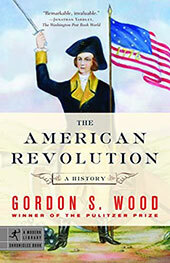
Crispin was running through a forest. What kind of forest was that? The Royal Forests of Medieval England informed me.
The Danish immigrant father in City of Orphans is sad. He sings a song of sorrow for his former country. How do I find such? Danish Immigrant Songs of the Early 20th Century told me.
How do you unearth such curiously (and fascinating) specific titles? Seek out the most general of titles, such as “History of the American Revolution.” Choose a recently dated book. Get your hands on it. BUT don’t read the text! Read the bibliography. That bibliography will guide you to hundreds of specific titles. Which have their own bibliographies. Guaranteed, somewhere there will be a citation that references a book (or article) about the general who led the American forces at the Battle of Bunker Hill.
Eureka. You have what you were looking for.
Happy hunting. It’s actually fun.
Sincerely, Avi (not really a retired Librarian)
November 29, 2022
Decisions

It’s that time again: I have to decide what my next book will be.
It’s hardly a simple decision. I will be living with that choice for the next two years—at least. There will be a year of writing, then a year of revising, editing, and publishing. Maybe more. A few times it’s been all for naught. After drafting the book, I have been compelled (my own judgment) to acknowledge the book isn’t good and is beyond saving. I put it away and start something else.
There are others that were beyond redemption. Gone. Barely remembered. Manuscripts thrown away. Erased. Deleted.
Sometimes I put such a book away and look at it after a few years, thinking I might resurrect it. A book such, Bright Shadow, had that fate (again and again) until it finally emerged as a published book—fourteen years after I had first begun.
But no matter the reason, or lack of reason, a failed book can bring on—for me—a financial crisis. Book writing is how I make my living. A failed book equals failed income.
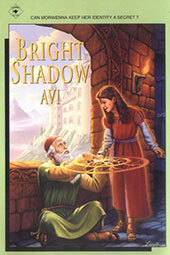
So, the choice of which book to write is a major one.
Fortunately, I have been blessed with the capacity to think of many ideas. Sometimes the idea is a completely new one. Other times I have an idea and I lodge it somewhere in my memory. And, like going to a file cabinet of old papers, I can extract a notion and see if it can work for me.
I need to find which idea resonates most with me. Not so easy.
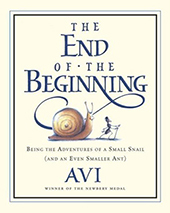
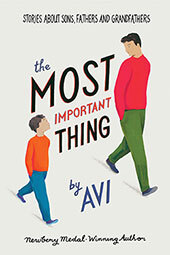
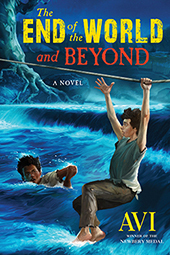

Some books had reasons to be written.
I wrote The End of the Beginning because I knew I would enjoy the challenge.
A book such as The Most Important Thing came about because a publisher suggested I write it.
The End of the World and Beyond was a sequel that was almost required to be written.
When I shared my idea for Catch You Later Traitor with my wife she said, “You have to write that.”
Mind, all this it’s not just my decision. There is an editor who must be attracted to the idea. So, I have to write a compelling synopsis. Then the editor must bring it to his/her superior in the publishing house. There might well be an acquisition committee or some such, which must pass on it.
How this kind of decision is made is a complex one. Publishing is a business, not just a creator of literature. Will the idea sell? What’s the author’s track record—if any? How did my last book sell? What is or is not popular these days? The state of the book economy? Literary trends? Fads? What “does the reading public want?” Is the quality of the book worth the investment? Have I pitched it well? And so on.
Have I ever made my own decision based on purely business reasons? No. I have never authored a book because I thought it would fit a commercial mold. But I have made negative decisions because I thought an idea was too outlandish or wouldn’t find an audience.
Or I didn’t think I could do it. For example, I have never written science fiction. I have neither the knowledge nor the skill.
And so on …
But I now have to make the decision.
When I do you might—after perhaps two or three years—learn what I decide.
Okay. What resonates most deeply? This idea? Or that one? Then again, maybe this …
See you then … if then happens.
November 22, 2022
Small Things
A couple of weeks back I wrote about finishing a manuscript and then sending it to my editor two days before it was—by contract—due. She received it graciously but let me know that because of her own press of work, she would not be getting back to it until early next year. This is the current state of publishing: Overworked editors, inadequate staffing. Like the rest of America.
The way I work it is often the case that when I send a book in do I have (hopefully) a full sense of what the book is about. Typically, only during the last few days of work (after a year or so) do I write the ending. That’s because I like my ending to flow out of the book, letting it emerge (and surprising me) out of the feelings that proceeds it. If it doesn’t sound too goofy to suggest—if I don’t have strong emotions as I write that ending—I don’t think it’s right.
To paraphrase Robert Frost: No emotions for the writer, no emotions for the reader.
But—
This time-lapse, before revisions start in earnest, allows me to go back to the book. (I did have to meet that deadline) I’m not looking to make big changes. But the whole now informs the parts, so, I find myself making lots of small changes. Bits. Pieces. Nuances. Right words. All of which gives depth to the humanity of the story—assuming it has come.
At this point, I am not so much writing the book, as the book is telling me where to make additions (or subtractions), changes, and word choices—all small, but I think vital. I’m experiencing the book as something real, not merely a fabrication, and adjusting accordingly.
I believe—it’s what makes writing hard—that everything in a story needs to be interconnected, all one logical and emotional line first to last. It’s the small things that make a book good.
Do I succeed in achieving that? Surely, far from always. But, to the extent that I do, I will have a far better book.
And in my spare time, I am working out the storyline of a new book. I’ll tell you how it works out in a year.
“So it goes,” to quote Kurt Vonnegut.
Avi's Blog
- Avi's profile
- 1703 followers


